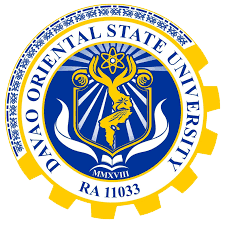Readability Formula for Instructional Materials in Science
DOI:
https://doi.org/10.59120/drj.v3i1.66Keywords:
readability, Instructional materials, physics textbook passagesAbstract
The study developed and validated a readability formula using measurable variables of readability for physics instructional materials. In developing the formula, .30 reading passages of no less than 100 words each were selected from 18 different books used in Philippine schools. These books were used in the elementary, secondary and collegiate levels. The passages were assigned a readability level by teachers engaged in education for at least 9 years. The readability level scale was from 4 to 16, representing the primary grades (Level 4) up to advanced or graduate level (Level 16). Twelve (12) variables were measured based on the textual and graphical characteristics of the passages. Measurable readability variables used were: Presence/absence of mathematical equation (MEQ), percentage of mathematical words (PMW), percentage of words associated to physics (PWAP), and average sentence length (ASL); Percentage of derived concept words (PDCW), percentage. of words specific (PWSP), average word length (AWL), and presence/absence of graphics element (GRA); and Percentage of PEP (people, events, places) words (PPEP.W), and percentage of PEP sentences (PPEPS). Multiple regression analysis using readability level as criterion resulted in three equally plausible readability formulas. Comparative analysis of the three formulas' proportion of explained variance, residuals, scatterplots and outliners led to the selection of the best model. This was called the 1B Formula and is stated as (PDS = 5.5516 + 0.0949 ASL + 0.0951 PMW +0.0506PWSP) where (ROS = Reading Difficulty Score), ASL (Average Sentence Length), PMW (Proportion of Mathematical Words), and PWSP (Proportion of Words Specific to Physics).
Downloads
References
Espartero, A. 1976. A Comparative Study of the Readability of Secondary Science Textbooks. Unpublished MS Thesis, Univ. of the Phil.

Downloads
Published
Issue
Section
License
Copyright (c) 2000 Jonathan A. Bayogan

This work is licensed under a Creative Commons Attribution-NonCommercial 4.0 International License.
DRJ is an open-access journal and the article's license is CC-BY-NC. This license allows others to distribute, remix, tweak, and build on the author's work, as long as they give credit to the original work. Authors retain the copyright and grant the journal/publisher non-exclusive publishing rights with the work simultaneously licensed under a https://creativecommons.org/licenses/by-nc/4.0/.





